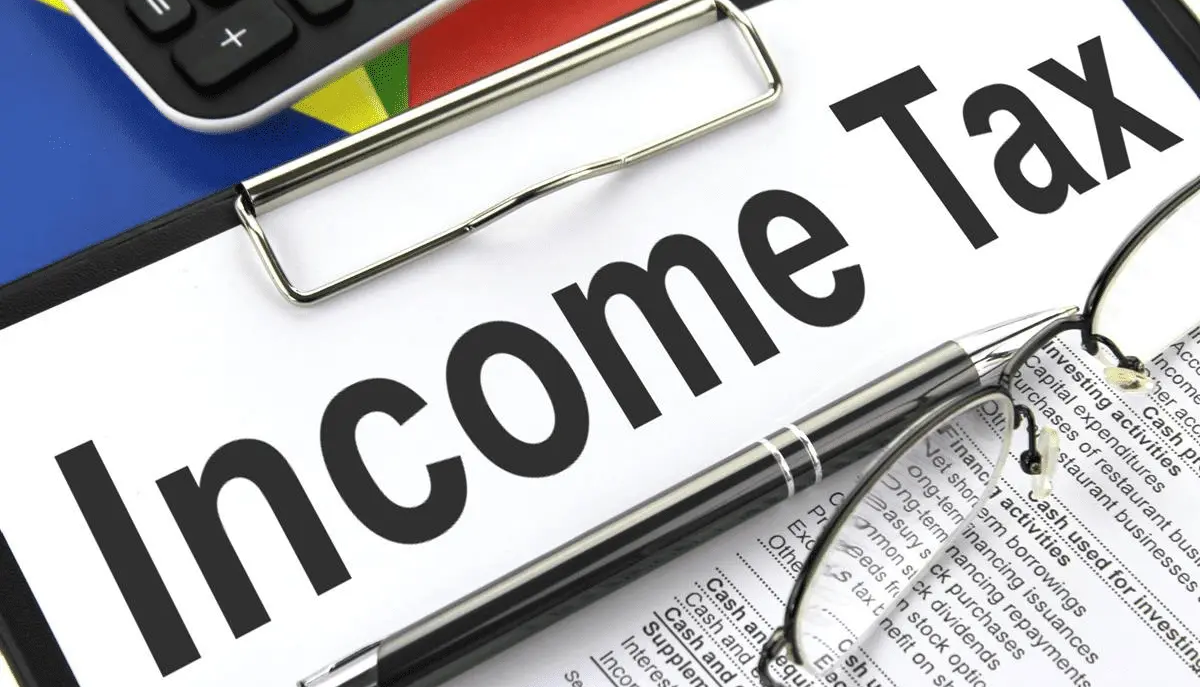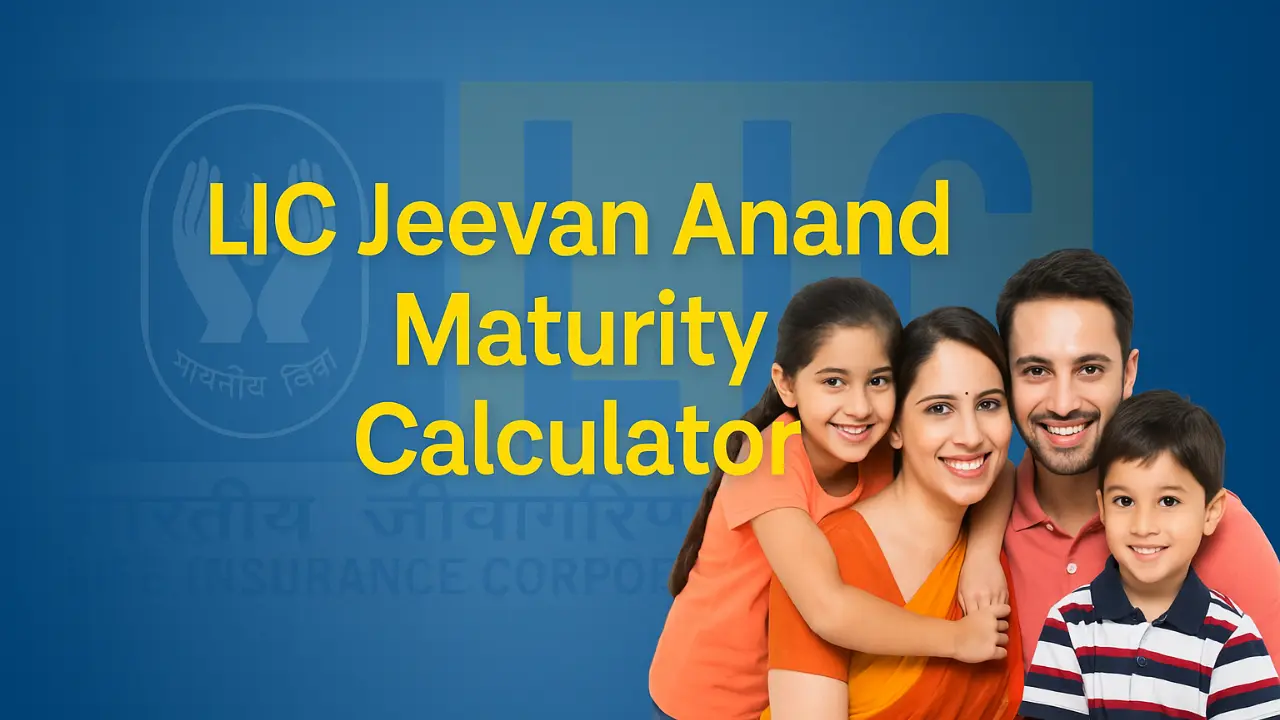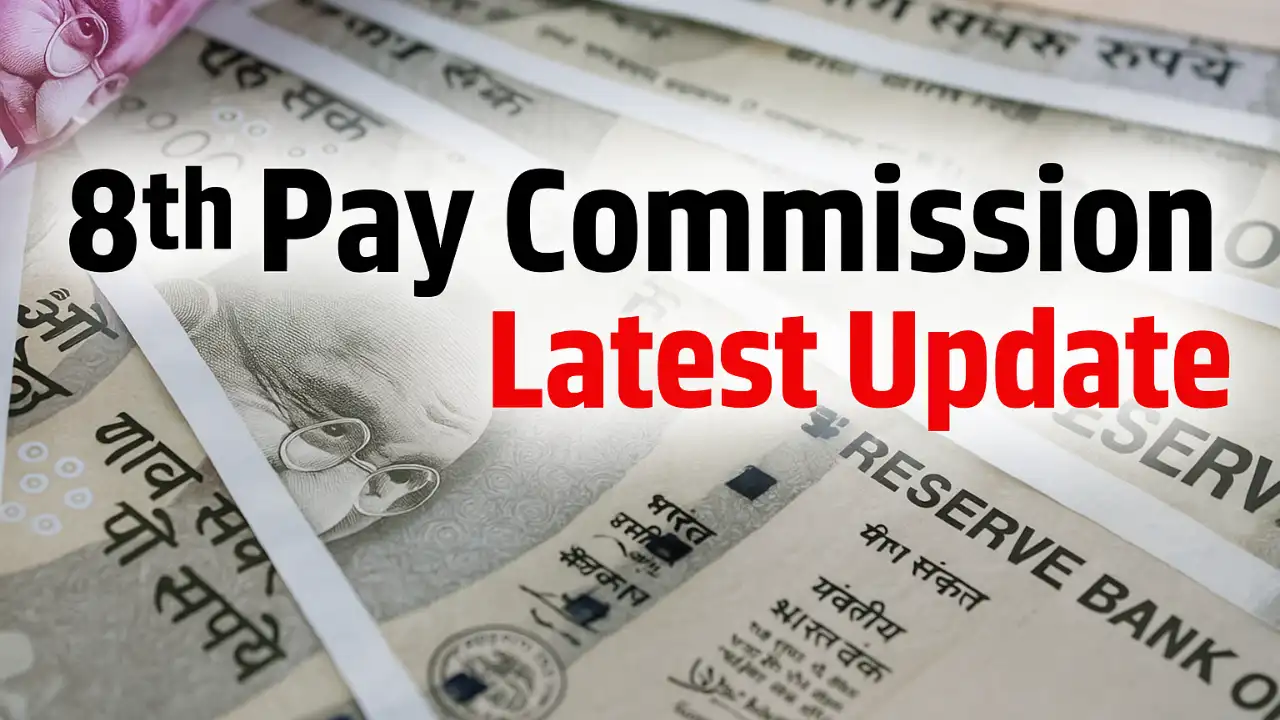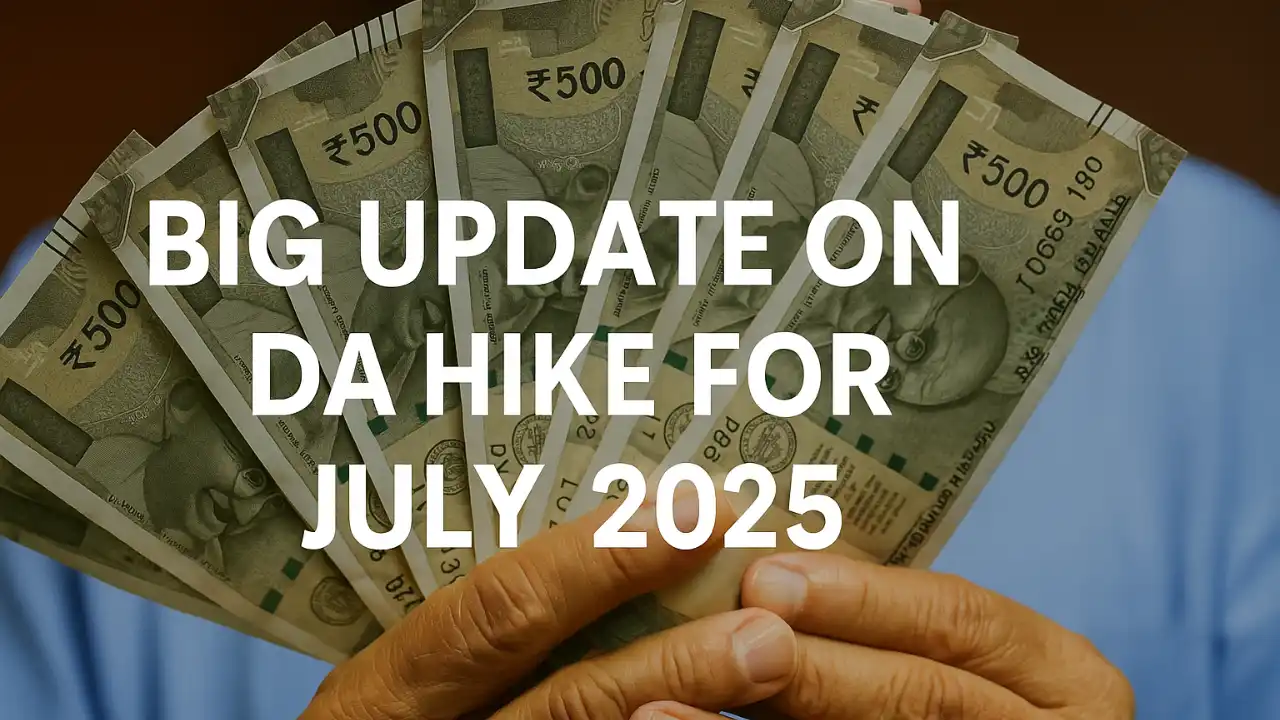In a significant relief for taxpayers, the government has announced revised income tax slabs for the upcoming financial year. Under the new structure, individuals earning up to Rs 12 lakh annually will not be required to pay any income tax. This move aims to provide financial relief and boost disposable income. Here’s a detailed breakdown of the new tax regime, eligibility, and benefits.
New Income Tax Slabs 2025-26
The revised income tax slabs are as follows:
| Annual Income | Tax Rate |
|---|---|
| Up to Rs 12 lakh | 0% (No Tax) |
| Rs 12 lakh – Rs 15 lakh | 10% |
| Rs 15 lakh – Rs 20 lakh | 15% |
| Rs 20 lakh – Rs 30 lakh | 20% |
| Above Rs 30 lakh | 30% |
The zero-tax bracket for income up to Rs 12 lakh is expected to benefit millions of salaried individuals, small business owners, and self-employed professionals.
Who Benefits from the New Tax Regime?
- Middle-Class Salaried Employees – More savings due to reduced tax liability.
- Small Business Owners & Entrepreneurs – Increased disposable income for reinvestment.
- Self-Employed & Freelancers – Simplified tax filing with lower financial burden.
- Senior Citizens & Pensioners – Higher tax exemption benefits for retirement security.
Comparison: Old vs. New Tax Slabs
| Income Slab | Old Tax Rate | New Tax Rate |
| Up to Rs 5 lakh | 0% | 0% |
| Rs 5 lakh – Rs 7.5 lakh | 10% | 0% |
| Rs 7.5 lakh – Rs 10 lakh | 15% | 0% |
| Rs 10 lakh – Rs 12 lakh | 20% | 0% |
| Rs 12 lakh – Rs 15 lakh | 25% | 10% |
| Rs 15 lakh – Rs 20 lakh | 30% | 15% |
The new tax slabs significantly increase the tax-free threshold and lower tax rates for middle-income groups.
Key Benefits of the Revised Tax Slabs
- Higher Savings – No tax on income up to Rs 12 lakh means increased take-home pay.
- Boosts Consumption – Higher disposable income can lead to greater spending and economic growth.
- Encourages Investment – With more savings, individuals can invest in stocks, mutual funds, and other financial instruments.
- Simplifies Tax Compliance – Easier tax calculations and reduced paperwork.
Deductions & Exemptions Under the New Tax Regime
While the new tax regime offers lower rates, some traditional deductions like Section 80C (Investments), 80D (Medical Insurance), and HRA (House Rent Allowance) may not be applicable. However, taxpayers can still claim standard deductions and employer contributions to EPF/NPS.
How to File Taxes Under the New Regime?
- Choose Your Tax Regime – Taxpayers can opt for the new regime while filing returns.
- Calculate Tax Liability – Use online tax calculators to determine tax savings.
- Submit IT Returns – File your returns before the deadline through the Income Tax e-filing portal.
Conclusion
The revised income tax slabs offering zero tax on income up to Rs 12 lakh are a game-changer for taxpayers. This new structure enhances savings, encourages investment, and simplifies tax filing. Individuals should assess their financial situation to determine whether the new regime is more beneficial than the old one.
FAQs
1. Who is eligible for zero tax under the new tax slabs?
Individuals earning up to Rs 12 lakh annually will not have to pay any income tax under the new regime.
2. Are deductions allowed under the new tax regime?
Some deductions like 80C, 80D, and HRA may not be applicable, but standard deductions and employer contributions to EPF/NPS remain.
3. Can I switch between the old and new tax regimes?
Yes, salaried employees can choose between the old and new regimes every financial year while filing returns.
4. How can I check my tax liability under the new slabs?
Use the Income Tax Department’s official tax calculator to estimate your tax savings.
5. When will the new tax slabs be applicable?
The revised income tax slabs will be implemented from the upcoming financial year (2025-26).










